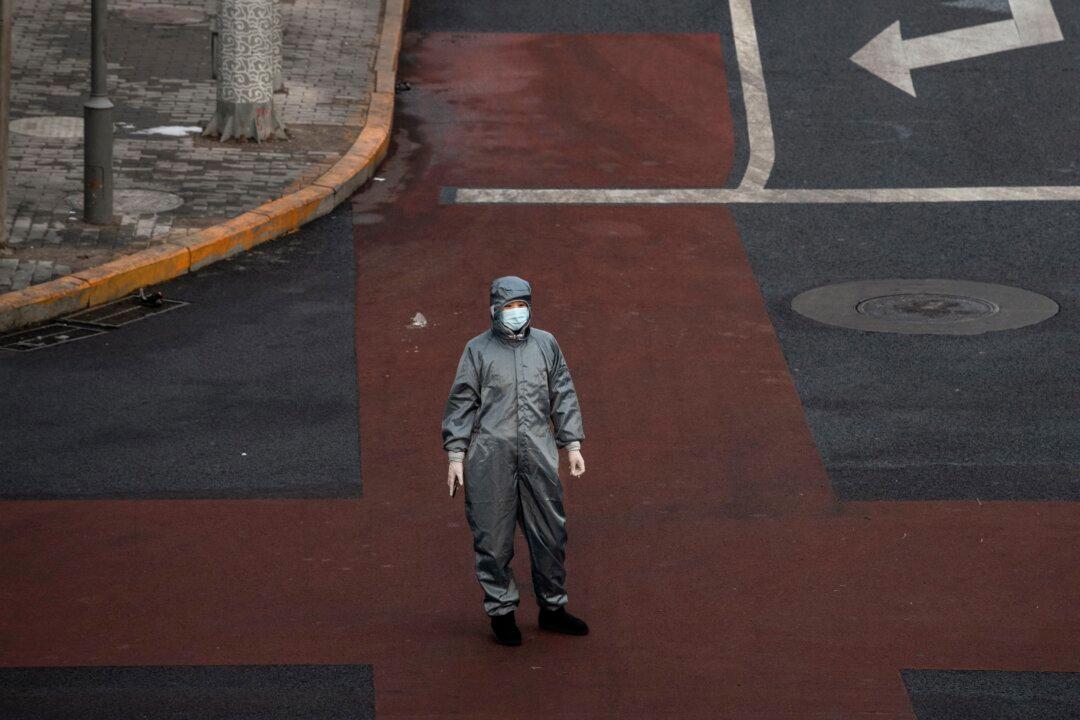Residents in Wuhan City, the epicenter of the coronavirus outbreak, are pleading for help as the city’s overwhelmed healthcare system cannot accommodate sick patients.
Though authorities freed up almost 10,000 hospital beds in Wuhan, many coronavirus patients have not been able to receive hospital treatment, according to eyewitness accounts. Some were forced to wait in the cold for hours lining up in front of hospitals.





